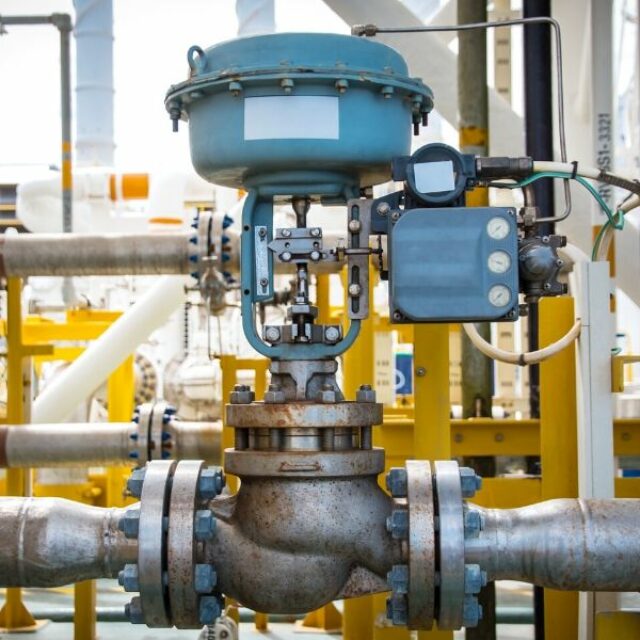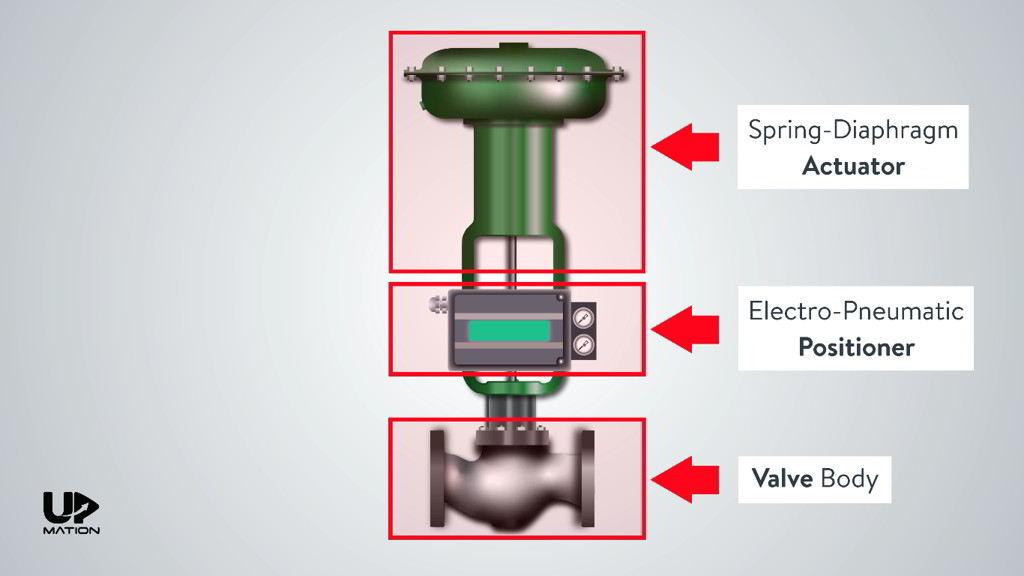Comprehending the Relevance of Control Valves in Process Automation
Comprehending the Relevance of Control Valves in Process Automation
Blog Article

Maximize Power Financial Savings and Convenience With Advanced Structure Automation Controls
In the realm of modern-day style and center management, the integration of innovative structure automation regulates stands as a pivotal innovation. The merging of innovation and sustainability has actually birthed a brand-new era where energy effectiveness, comfort optimization, and functional streamlining are no longer possible realities but remote desires. By using the power of automation, structures can adjust, react, and develop in manner ins which were as soon as unimaginable. The potential for considerable energy financial savings and improved convenience is not simply a pledge yet an opportunity waiting to be satisfied. This paradigm change in structure administration holds the key to unlocking a world where environmental conscientiousness and resident health sympathetically exist side-by-side within the wall surfaces of our structures.
Power Efficiency Perks
Energy effectiveness advantages can significantly lower power consumption and operational costs in buildings. Energy-efficient systems, such as advanced structure automation controls, can maximize the usage of sources like heating, air conditioning, and illumination, leading to lower power expenditures over time.
Additionally, improved energy performance can lengthen the lifespan of structure devices and systems. By running a lot more efficiently, cooling and heating systems, lighting components, and various other building components experience less wear and tear, causing decreased maintenance and substitute costs. In addition, energy-efficient buildings typically command greater residential property worths and rental rates, providing lasting monetary advantages to owners.
In addition, energy performance can enhance owner convenience and efficiency. Effectively managed indoor settings with optimal illumination and thermal problems create an even more enjoyable and helpful work space, leading to enhanced staff member satisfaction and performance. In general, the energy performance advantages connected with sophisticated structure automation controls are multifaceted, including expense savings, ecological stewardship, and resident wellness.
Improved Comfort Control
Enhancing comfort control in structure settings needs an advanced assimilation of advanced automation systems for optimal passenger wellness. By making use of innovative structure automation controls, centers can customize the interior setting to fulfill the certain needs and preferences of residents. These systems allow exact law of lighting, ventilation, and temperature, creating a effective and comfy environment. Passenger contentment and performance are closely linked to thermal convenience, making it vital to have systems in area that can adapt to altering conditions in real-time.
Enhanced convenience control exceeds standard temperature level modifications. It includes features such as personalized setups, tenancy sensors, and all-natural light utilization to develop a dynamic and responsive atmosphere. By including these innovative controls, buildings can not just improve convenience however likewise boost energy efficiency by enhancing system operations based on real tenancy and usage patterns. Ultimately, prioritizing passenger convenience through advanced automation systems results in an extra satisfying and much healthier indoor atmosphere.
Operational Performance Improvements

Furthermore, the application of real-time surveillance and analytics tools enables building drivers to determine power inefficiencies and operational anomalies quickly. By constantly checking power usage patterns and system performance metrics, adjustments can be made in real-time to optimize energy usage and make sure peak functional efficiency. control valves. Furthermore, incorporating demand response techniques into structure automation controls can even more boost operational effectiveness by dynamically adjusting power usage based upon grid problems and pricing signals
Indoor Climate Optimization
Effective indoor climate optimization is an essential aspect of structure automation controls, ensuring owners' convenience and well-being while maximizing energy cost savings. By using advanced sensors and controls, constructing automation systems can constantly change and keep track of temperature, humidity levels, air quality, and air flow to develop an ideal interior atmosphere. Keeping regular and comfortable problems not just improves owner complete satisfaction but additionally increases productivity and total wellness.
Interior environment optimization additionally plays a vital function in energy efficiency. By fine-tuning air flow, heating, and air conditioning systems based upon real-time information and tenancy patterns, constructing automation controls can dramatically lower power intake - control valves. Applying methods such as demand-controlled ventilation and thermal zoning can help minimize power waste while ensuring that each location of the structure obtains the required conditioning.

Lasting Atmosphere Production
Building automation controls not just optimize indoor environment conditions for energy efficiency and owner comfort yet likewise lay the foundation for producing a lasting environment with strategic management of systems and resources. By integrating read review innovative structure automation modern technologies, such as sensing units, actuators, and intelligent software, facilities can check and adjust power use in real-time to lessen waste and reduce their carbon impact. These systems enable anticipating upkeep, see this here determining possible concerns prior to they intensify and optimizing devices performance to boost longevity and effectiveness.
In addition, lasting atmosphere production extends past power administration to encompass water preservation, waste decrease, and interior air high quality enhancement. Building automation controls can control water usage, detect leaks, and make certain appropriate garbage disposal practices, adding to general sustainability efforts. Furthermore, by keeping an eye on and managing air flow and filtering systems, these technologies enhance occupant health and wellness and productivity while decreasing power consumption connected with cooling and heating procedures.
Conclusion
Finally, progressed building automation controls offer significant benefits in regards to power financial savings, comfort control, operational performance, indoor climate optimization, and creating a sustainable atmosphere. By implementing these controls, buildings can accomplish optimal efficiency while lowering power intake and boosting passenger convenience. It appears that the use of innovative automation innovation is important in enhancing building efficiency and developing a much more sustainable future.
Energy performance advantages can substantially minimize energy intake and operational expenses in structures. Generally, the energy performance advantages associated with innovative structure automation controls are complex, including cost savings, environmental stewardship, and owner wellness.
In addition, including demand feedback techniques into structure automation controls can even more boost functional effectiveness by dynamically changing energy use Look At This based on grid problems and prices signals.
Structure automation controls not only enhance indoor environment problems for energy effectiveness and occupant comfort but also lay the structure for developing a sustainable atmosphere via critical administration of systems and sources.In conclusion, progressed building automation controls deal substantial benefits in terms of power financial savings, convenience control, functional performance, indoor climate optimization, and developing a sustainable environment.
Report this page